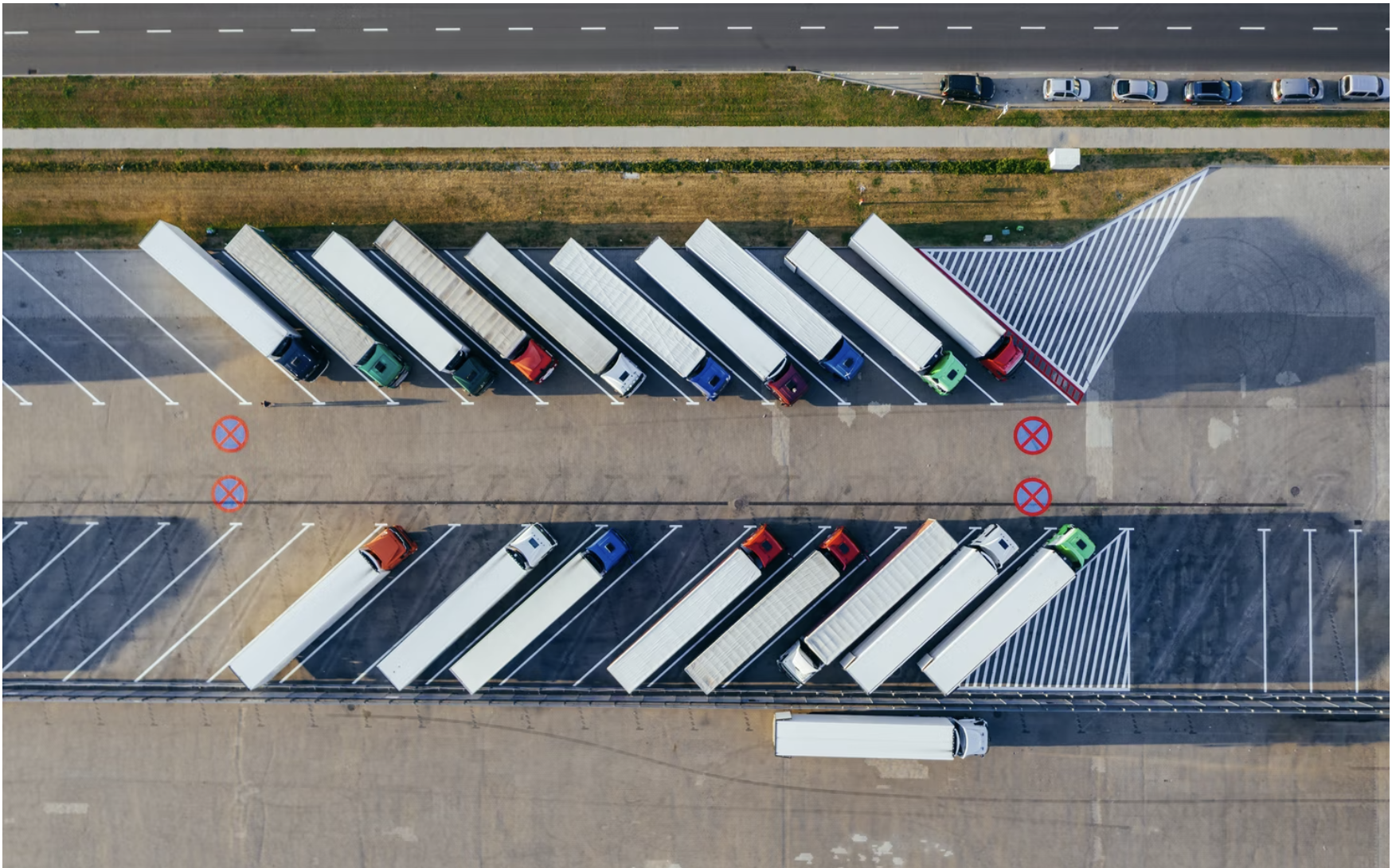The challenges of the transportation market in complex times
Since the 24th of February 2022, the world has changed. The end of the first and the whole of the second quarter of 2022 will be challenging for exporters/importers and logistics companies.
During the Coronavirus pandemic, supply chains had to adapt, with spiralling costs and fluctuations in the price of airfreight, maritime and rail transport. In addition, the availability of containers and free cargo space was a major problem. As a result, many enterprises were forced to relocate their suppliers from Asia to Europe and their surrounding areas. Companies must now adapt to the new, large-scale crisis along with price increases in Europe and other parts of the world. There’s a lot of confusion caused by these 6 factors:
- Implementation of part II of the Mobility Package in Europe
Due to the implementation of part II of the European Mobility Package, many freight companies now have a number of new obligations that are raising the cost of doing business, for example, the requirement to return the vehicle to its home country every four weeks, travel requirements for drivers, etc.
In addition, from the 1st of May 2022, vans with a maximum total weight of 2.5 tonnes (which are widely used in Europe) will have to comply with road transportation rules (transport manager, license, guarantees). In practice, many international companies that use light commercial vehicles are reluctant or unable to comply with these regulations. Due to this, there will be fewer vehicles on the market.
- Using Ukrainian, Belarusian and Russian drivers in Europe
Most Eastern Europe companies use Ukrainian, Belarusian or Russian drivers. Due to the war in Ukraine, many Ukrainian drivers have returned to their homeland and for various political etc. reasons, are not able to use Belarusian or Russian drivers. In the context of a major driver crisis, this will only worsen the situation in the transport market.
- Closing of airspace for an indefinite time
The closing of the EU and UK’s airspace to Russian airlines and vice versa will significantly change the market. It’s no longer possible for European airlines to fly to Asia via Russia, which makes flight time longer and more expensive and disrupts flight schedules. For example, KLM has cancelled flights to Japan, China, and Korea. Much of the capacity is lost, which in turn creates price pressure. At the same time, Asian airlines will be able to continue flying in Russian airspace.
An example here is Finnair, whose business model was built on Asian flights across Russia. Finnair now needs to seriously review its business strategy as It is one of the largest air cargo carriers in the region alongside Lufthansa, Turkish Airlines, and others.
- Maritime transport
Hapag Lloyd, ONE and Maersk have given notice that they intend on terminating the transport of containers connected to Russia. This may have an impact on the feeder ships on the Baltic Sea.
There have been reports from some ports in the UK and the port of Rotterdam that customs are blocking cargo ships sailing under the Russian flag. If Russian vessels cannot participate in the market, capacity will be greatly reduced.
- Price of oil
At the time of writing, the price of a barrel of oil is nearly 116 USD, which is the highest since 2014. It’s likely that the price will keep rising, as the price of oil tends to be higher at the beginning of war, after which it will fall. Consumption, which fell during the pandemic, is increasing. Today, the fuel surcharge rates are at a record-high in Europe.
- Russia, Belarus and the Ukraine as supplier countries
Companies whose suppliers are based in Russia, Belarus or the Ukraine need to find suppliers elsewhere and restructure their supply chains. Russia, for example, is a country from where a lot of lumber is being imported.
In conclusion, the transport market is facing a large price increase and logistics companies face a major challenge of how to efficiently transport trade flows in volatile conditions.

